The best candidates for a job are indeed hard to come by. On average, it takes recruiters about 42 days and costs them thousands of dollars just to hire…
continue reading
45+ Sample Grocery Lists
-

Monthly Grocery List
download now -

Mental Health Grocery List
download now -

Grocery Game Plan List
download now -
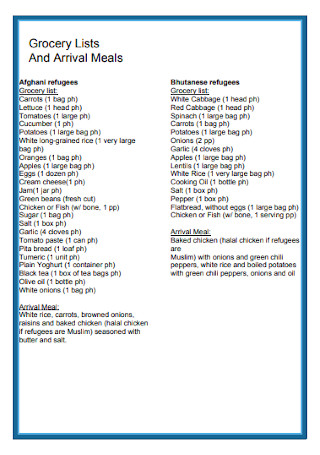
Arrival Meals and Grocery List
download now -
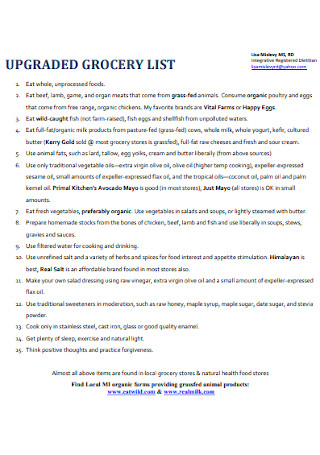
Upgrade Grocery List Template
download now -

Weekly Grocery List Template
download now -

Basic Grocery List Template
download now -

Brand Grocery List Template
download now -

Summer Grocery List
download now -

Food Pantry Grocery List
download now -

Mediterranean Diet Grocery List
download now -

Clean Eating Grocery List
download now -

Athletes Grocery List Template
download now -

Sample Grocery List Template
download now -

Ultimate Grocery List Template
download now -

Grocery Store List Template
download now -
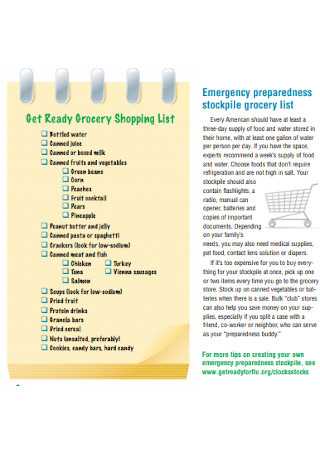
Grocery Shopping List
download now -

Sample Healthy Grocery List
download now -

General Grocery List Template
download now -

Renal-friendly Grocery List
download now -

Family Feast Grocery List
download now -
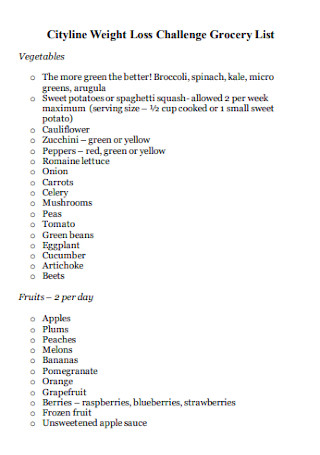
Weight Loss Challenge Grocery List
download now -

New Apartment Grocery List
download now -

Grocery List for Athletes Template
download now -
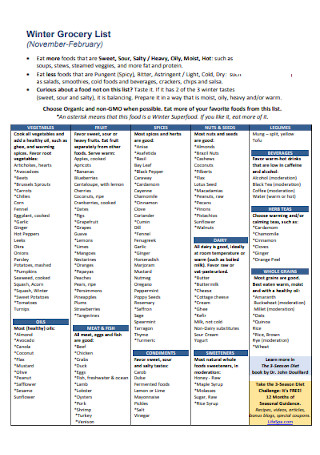
Winter Grocery List Temp[ate
download now -

Heart Health Grocery List
download now -

Diabetes Grocery List
download now -

Grocery Shopping Order List
download now -

Memorial Day Grocery List
download now -

Simple Grocery List Template
download now -

healthy Snacks Grocery List
download now -

Grocery Price List Template
download now -

Weekend Getaway Grocery List
download now -

Master Grocery List Template
download now -

Rental-Friendly Grocery List
download now -

Daily Grocery List Template
download now -

Inventory and Grocery List
download now -

Holiday Program Grocery List
download now -

Chat Suggest Grocery List
download now -

Standard Grocery List Template
download now -

Grocery List Request Form
download now -

Food Grocery List Template
download now -
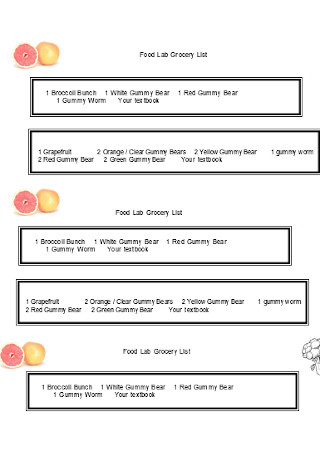
Food Lab Grocery List
download now -

Sample Grocery Menu List
download now -

Formal Grocery List Template
download now -

Spring Grocery List
download now
What Are Grocery Lists?
A grocery list can help you live within your means, it can help you begin a healthy, weight loss journey, and if you’re a college student, it can help you save money. See, the market is good at selling you stuff you don’t really need. It’s hard enough to stick to the necessities when everything else that’s new is on display. Without a list, you will shop blindly, and you will end up spending more than what you’re willing to pay for a week’s worth of groceries.
Did you know that in 2019, as shown by statistics, the average American home spends more than eight thousand dollars a year? And that’s only on food. In an article shared by Forbes, grocery spending was one of the things that dramatically changed due to COVID-19. By March 2020, it grew 30% more than the last data shared by the U.S. Census.
What Should You Have on Your Grocery List?
Have you seen grownups leave for the grocery stores when you were younger? They make it so quick, they’re back before you finish an episode of your favorite TV show. And they always manage to get everything they needed for that entire week, right? They’re good meal planners, and they swear by their grocery lists. You can try this out for yourself too. Here are the elements you can play around with to make your own grocery list:
How to Create a Grocery List
Nowadays, there are fun shortcuts to the seemingly hard stuff. In making grocery lists, templates like the ones shown above can make the process enjoyable. Speaking of the cape, before adding personal badges, you got to start by owning a cape first. And then you can add customizations to it and make it your own. Here’s how:
Step 1: Look for a Template that fits your style
A modern chic look, or the most basic outline, it’s all up to you to decide. There are a number of shopping list templates for you to choose from on this page. They are printable too. So, whether you’re shopping for yourself, for your family, or for a celebration, there’s one that can accommodate the kind of list you want to make.
Step 2: Think of a fun title to write on top
It shouldn’t feel like documentation of must-buy tasks. Titles make things official. For someone who wants to get in shape at the gym and eat healthily, a title such as “What-To-Eat for Sexy Abs” can be enough to motivate them to only buy foods that are low in calories and high in protein.
Step 3: Place priorities on the first half of the list
Always put the most important things where you can see them first. Because who knows what you’ll miss. Grocery shopping can be a mundane task, and more often than not, some people do this on autopilot. As you scan through your grocery list, make it effortless for yourself to spot the necessities.
Step 4: Highlight things you’ll be buying in bulk
Bulk buying can help you save money. But it can be overlooked when you’re preoccupied and not paying attention. If you’re feeding a family of more than five, if you’re baking for a charity event, or if you’re the pet owner of a Great Dane, a small reminder can never hurt.
FAQs
What should you never run out of in your pantry?
Easy-to-store and easy-to-eat canned goods such as tuna, beans, and tomatoes. Dried pasta, all-purpose flour, and oil.
How often should you go grocery shopping?
It depends on your personal needs, preference, budget plan, and the kind of diet you have. Another factor to consider is your living situation. If you’re by yourself, you might have the time to run to the supermarket every week or as often as every three days. If you’re shopping for your family, bi-weekly schedules might be more convenient for you.
What are the most common grocery items?
Milk, cereal, eggs, bread, frozen meals, boxed mac and cheese, beer, soda, and chips.
How much do Americans spend on food annually?
According to a report published by Statista in 2019, Americans spend more than 8000 US dollars a year for food alone.
You might not warm up to the idea of carrying around grocery lists. But, try it out first. If you’re big on nutrition, if you’re counting calories, if you want to transition into a new lifestyle, or if you’re someone who simply wants to ease off on the endless to-dos, make a list for your next trip to the grocery store. Even if you shop online, do it old-school and take a chance on it anyway. You might surprise yourself with the outcome.

